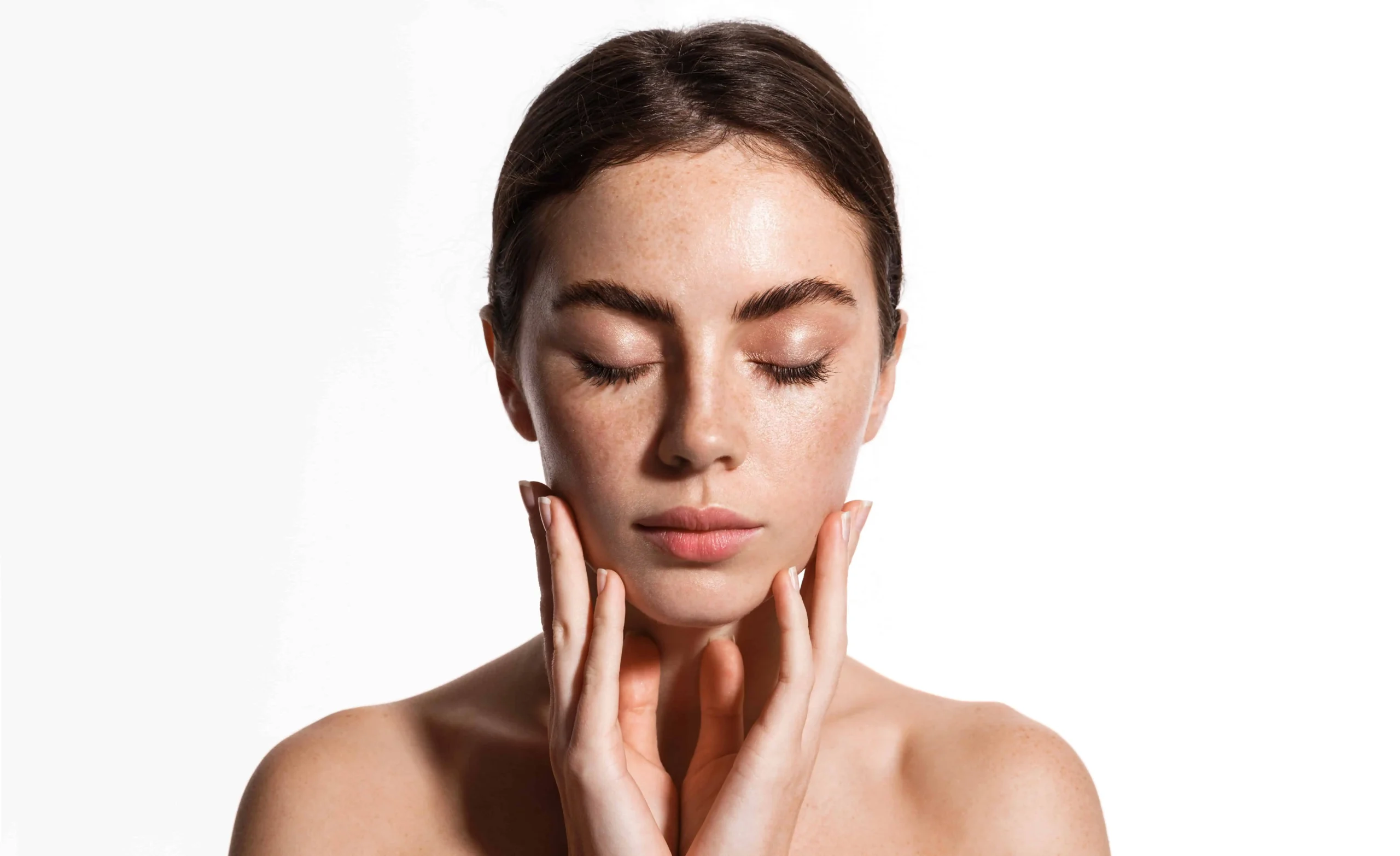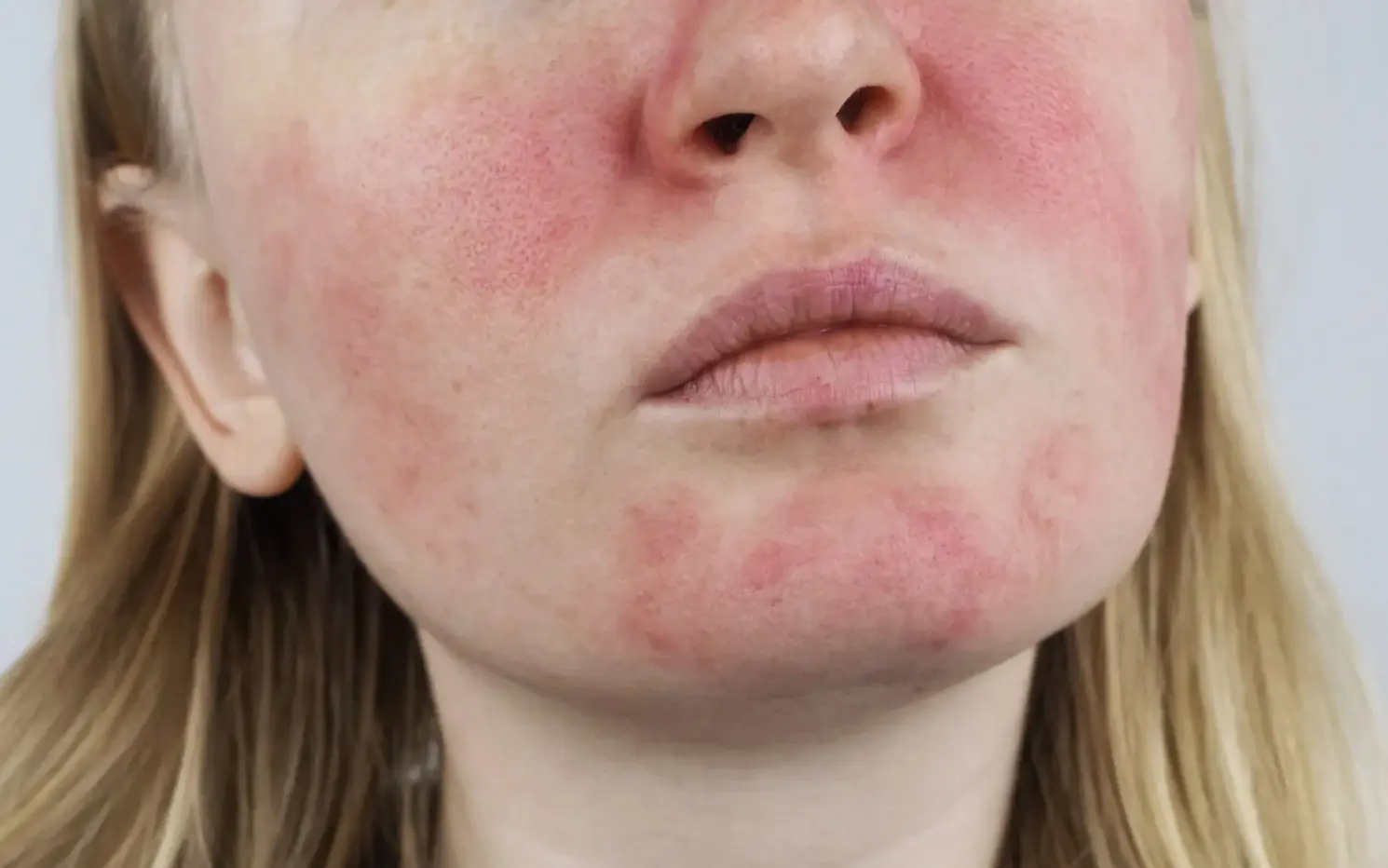In the world of skincare, simplicity often gets overshadowed by the allure of complex, multi-step routines. This trend, sometimes resembling the “10,000-step rule” in fitness, suggests that more is always better. But does your skincare routine really need a multitude of steps to be effective? In this blog post, we’ll explore the essence of a streamlined skincare routine, dissect the concept of the 10,000-step rule, and help you determine how many steps your skincare routine truly needs for optimal health and glow.
1. The Allure of a Multi-Step Skincare Routine
A. The Popularity of Complex Regimens
The multi-step skincare routine, popularized by Korean beauty practices, often involves a range of products, from cleansing oils to essences, serums, and sheet masks. This comprehensive approach is praised for addressing various skin concerns and promoting a glowing complexion.
B. The Marketing Influence
Cosmetic companies frequently market elaborate regimens with claims of superior results, which can create the impression that more steps equate to better skin. With promises of perfecting, nourishing, and rejuvenating your skin, it’s easy to get caught up in the belief that a complex routine is the key to success.
2. The Core Principles of a Skincare Routine
A. The Basic Skincare Routine
At its core, an effective skincare routine should address three fundamental steps:
- Cleansing: Washes away dirt, oil, and impurities from your skin. A good cleanse is crucial for preventing clogged pores and maintaining overall skin health.
- Treatment: Includes products like serums, toners, and spot treatments that target specific skin concerns such as acne, hyperpigmentation, or fine lines.
- Moisturizing: Hydrates and protects the skin barrier, ensuring that your skin remains smooth and resilient.
B. The Role of Sun Protection
No skincare routine is complete without sun protection. Sunscreen protects your skin from harmful UV rays, helping to prevent early aging and lower the risk of skin cancer. It’s a non-negotiable step in any routine.
3. Evaluating the Need for Additional Steps
A. Assessing Your Skin Type and Concerns
The number of steps your skincare routine needs depends largely on your skin type and specific concerns:
- Dry Skin: May benefit from additional hydrating products like essences or hydrating masks.
- Oily/Acne-Prone Skin: Could include exfoliants or treatments to control excess oil and prevent breakouts.
- Sensitive Skin: Needs gentle, soothing products with minimal irritants.
B. Avoiding Overcomplication
While adding steps can be beneficial, overcomplicating your routine can lead to issues such as:
- Product Interactions: Certain ingredients may interact negatively when used together, reducing their efficacy or causing irritation.
- Skin Sensitivity: Overloading your skin with too many products can disrupt its natural balance and lead to sensitivity or breakouts.
- Time and Cost: A lengthy routine can be time-consuming and costly, making it less sustainable in the long run.
4. Streamlining Your Routine: Finding the Right Balance
A. The Minimalist Approach
Adopting a minimalist approach to skincare can be both effective and manageable. Focus on essential products that cater to your skin’s needs:
- Cleanser: Choose a gentle, effective cleanser suited to your skin type.
- Serum: Select a serum with active ingredients that address your main skin concerns.
- Moisturizer: Use a moisturizer that provides adequate hydration and protection.
- Sunscreen: Use a broad-spectrum sunscreen every day, regardless of whether it’s sunny or cloudy.
B. Incorporating Optional Steps Wisely
Once you have a solid foundation, you may choose to incorporate additional steps based on your needs:
- Exfoliation: 1-2 times a week to remove dead skin cells and promote cell turnover.
- Toning: To balance skin pH and prepare it for better absorption of other products.
- Masks: For targeted treatments and additional hydration or detoxification.
C. Personalization and Adaptability
- Your skincare routine should evolve based on changes in your skin’s needs, such as seasonal changes or shifts in skin condition. Regularly assess and adjust your routine to ensure it remains effective and suited to your current skin health.
5. The Benefits of a Simplified Routine
A. Easier to Maintain
B. Reduced Risk of Irritation
C. Cost-Effective
D. Time-Saving
Conclusion
The “10,000-step rule” in skincare can be misleading, as it implies that more is always better. In reality, a skincare routine needs only as many steps as necessary to effectively address your skin’s needs. Focus on a balanced regimen that includes cleansing, treatment, moisturizing, and sun protection, with optional additional steps based on your specific concerns. By streamlining your routine, you can achieve healthy, glowing skin without the complexity and potential pitfalls of a multi-step approach. Remember, consistency and the right products tailored to your skin type are key to a successful skincare regimen.





